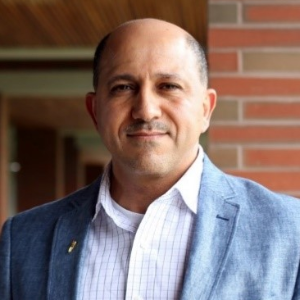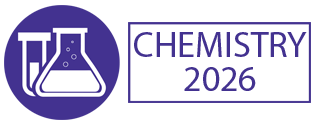Laboratory-Developed Chemistry
Laboratory-Developed Chemistry Is A Field Of Chemistry That Focuses On The Synthesis Of Unique Materials In The Laboratory. It Involves The Development Of Chemical Synthesis Techniques, The Study Of Reaction Mechanisms, And The Use Of Modern Instrumentation For Analysis. Laboratory-Developed Chemistry Can Be Used To Create New Molecules And Materials That Can Be Used For Applications In Industry, Medicine, Food, Energy, And Environmental Protection. Organic Chemistry Is A Core Component Of Laboratory-Developed Chemistry. In This Branch Of Chemistry, Synthesis And Reactions Of Molecules Are Studied. Responsible Organic Synthesis Is Used To Develop New Molecules With Precise Chemical Structures. This Is Used To Manufacture Products Such As Pharmaceuticals, Chemicals, And Polymers Intermediates. Analytical Chemistry Is Another Important Component Of Laboratory-Developed Chemistry. In This Field, Trace Analysis And Instrumental Techniques Are Employed To Develop Accurate Measurements Of Chemical Components. This Can Be Used To Detect And Quantify Contaminants In The Environment, Monitor Changes In Complex Chemical Systems, And Perform Tests In The Development Of New Medicines. Inorganic Chemistry Is Also Essential In The Field Of Laboratory-Developed Chemistry. In This Branch Of Chemistry, Coordination Compounds Are Designed And Studied. These Compounds Are Used In Numerous Applications, From Energy Storage To Catalysis. Finally, Physical Chemistry Is An Important Part Of Laboratory-Developed Chemistry. This Branch Of Chemistry Deals With Thermodynamics, Kinetics, And Spectroscopy. The Use Of Modern Spectrometry Techniques And Instrumentation Allows Researchers To Study The Structure And Properties Of Materials In Detail. Overall, Laboratory-Developed Chemistry Is A Field Of Chemistry That Relies On A Combination Of Organic, Inorganic, Analytical, And Physical Chemistry. It Is Used To Create New Molecules And Materials For Applications In Industry, Medicine, Food, Energy, And Environmental Protection.

Hossam A Gabbar
Ontario Tech University, Canada
Victor John Law
University College Dublin, Ireland
Alexander Bagaturyants
National Research Nuclear University MEPhI, Russian Federation
Sergey Suchkov
N.D. Zelinskii Institute for Organic Chemistry of the Russian Academy of Sciences, Russian Federation
Shree Niwas Chaturvedi
Centre for Aptitude Analysis and Talent Search, India
Pieter Samyn
SIRRIS, Belgium




Title : Advances in plasma-based radioactive waste treatment
Hossam A Gabbar, Ontario Tech University, Canada
Title : Unraveling the ultrastructure and functions of the neuronal membrane skeleton using super-resolution fluorescence microscopy
Zhou Ruobo, Djillali Liabes University of Sidi Bel Abbes, Algeria
Title : Solar box cooker dehydration, and relative humidity endpoint detection, of lamiaceae culinary leaves on the island of Crete
Victor John Law, University College Dublin, Ireland
Title : Nutrient and heavy metal loads from the Ribeiras to Coastal zones: A land-ocean continuum perspective in Madeira Island
Aracelis Del Carmen Narayan Rajnauth, University of Porto, Portugal
Title : Prospective polyoxometalate-based covalent organic framework heterogeneous catalysts
Arash Ebrahimi, Comenius University Bratislava, Slovenia
Title : Eliminating implant failure in humans with nano chemistry: 30,000 cases and counting
Thomas J Webster, Brown University, United States